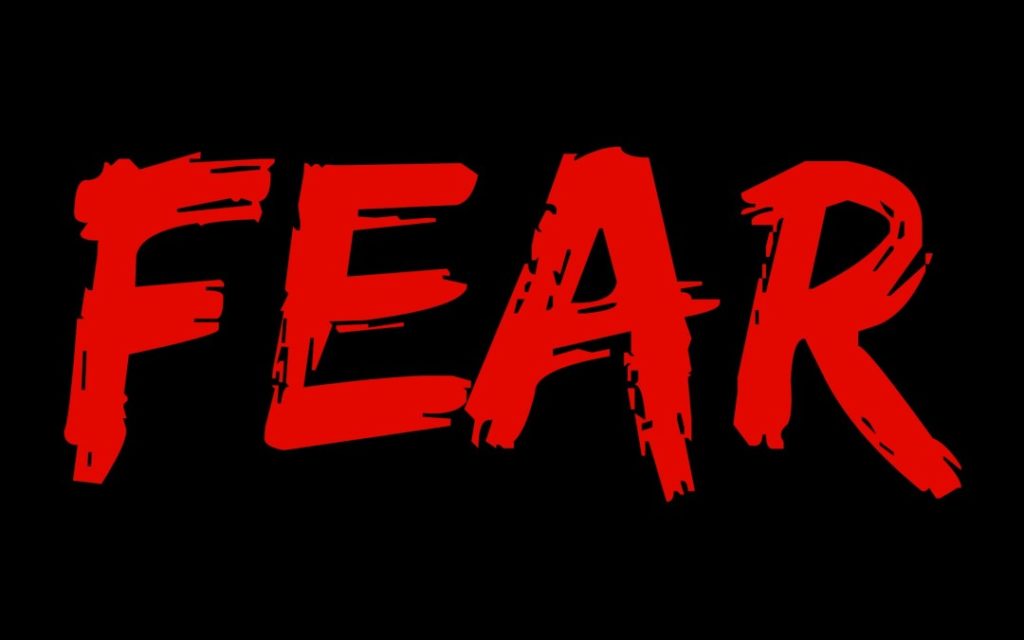Have you ever worked with or under a dysfunctional leader?
If you were to use one word to describe that or those situations, what word would you use?
I would use ‘frustrating.’ But, I have heard others use ‘demoralizing,’ ‘painful,’ and ‘disheartening.’
Unfortunately, working with or under dysfunctional leaders is not uncommon.
For example, this last fall, I conducted a survey across 23 different business units, asking the employees about the quality of their division leader. Of the 23 leaders, 15 received a rating by their followers such that indicated they were ineffective as a leader.
This article is designed to help you understand why dysfunctional leaders exist and why they are so common. By doing so, I believe this will help you understand:
-
What it will take to enhance your leadership to the next level of effectiveness
-
What needs to happen in order for you to enhance the leadership in your organization
What is the driver of dysfunctional leadership?
If you were to line up all of an organization’s leaders from worst to best, could you identify something that exists in the worst leaders that is much less common in the best leaders?

I believe there is!
The primary driver of dysfunctional leadership is fear.
Go back to the times you have worked with dysfunctional leaders. Was their dysfunctionality rooted in protecting themselves from an innate fear?
Fear
There are a few interesting things about fear that is important to understand.
1. Fear brings out the worst in us.
Let me give you a quick example that will especially resonate with those who are parents. Have you ever been eating dinner at home with your children when one of your kids tips over a glass of water? Usually not too big of deal right? But what about when the same thing happens when you are at a restaurant? As a parent, we usually react much more strongly, and even criticize the child (“What were you thinking?!?!”). We react in the restaurant because, at our core, we are afraid of looking bad in front of others.
2. We don’t need to be fully conscious of our fears in order for them to lead us into self-protection mode.
For example, I could ask you, “What do you fear?” and it may be challenging to identify what you really fear. But, if I asked you, tell me situations where you were at your worst, we could unpack those situations to find fear at the core.

3. If we can become conscious of our fears, we can take measures to either overcome them or ensure that they don’t drive us to behave dysfunctionally.
What fears bring out our worst?
My work and research on mindsets, and particularly negative mindsets, has helped me identify some of the most common and most detrimental fears that lead to dysfunctional leadership and management.
They include the following:
-
The fear of looking bad
-
The fear of failure
-
The fear of being wrong (or the fear of not being seen as being right)
-
The fear of not being in control
-
The fear of uncertainty
-
The fear of being exposed
-
The fear of problems
-
The fear of inconveniences
-
The fear of missing out
-
The fear of not winning or getting passed up
-
The fear of others winning or getting ahead
-
The fear of others not lifting you up (i.e., you don’t trust your followers)
Let me give you some examples of how some of these play out. Each comes from Creativity, Inc., written by Ed Catmull the President of Pixar and Disney Animation (I think it is the best business book I have ever read).
The fear of not being in control. “When control is the goal, it can negatively affect other parts of your culture. I’ve known many managers who hate to be surprised in meetings, for example, by which I mean they make it clear that they want to be briefed about any unexpected news in advance and in private. In many workplaces, it is a sign of disrespect if someone surprises a manager with new information in front of other people. But what does this mean in practice? It means that there are pre-meetings before meetings, and the meetings begin to take on a pro forma tone. It means wasted time. It means that employees who work with these people walk on eggshells. It means that fear funs rampant.”

The fear of being exposed. “In many organizations, managers tend to err on the side of secrecy, of keeping things hidden from employees. I believe this is the wrong instinct. A manager’s default mode should not be secrecy. What is needed is a thoughtful consideration of the cost of secrecy weighed against the risks. When you instantly resort to secrecy, you are telling people they can’t be trusted. When you are candid, you are telling people that you trust them and that there is nothing to fear. To confide in employees is to give them a sense of ownership over the information.”
The fear of not being seen as being right. “There is nothing quite as effective, when it comes to shutting down alternative viewpoints, as being convinced you are right.”
The fear of problems. “Do not fall for the illusion that by preventing errors, you won’t have errors to fix. The truth is, the cost of preventing errors is often far greater than the cost of fixing them.”
The fear of uncertainty. “Change and uncertainty are part of life. Our job is not to resist them but to build the capability to recover when unexpected events occur. If you don’t always try to uncover what is unseen and understand its nature, you will be ill prepared to lead.” “Similarly, it is not the manager’s job to prevent risk. It is the manager’s job to make it safe to take them.”
The fear of failure. “Failure isn’t a necessary evil. In fact, it isn’t evil at all. It is a necessary consequence of doing something new.”
Do you get a sense of how our fears get in the way of our greatness?
Taming Your Fears
I think we all have fears. Thus, it is important to consider:
-
Do I know what fears I have? What gets in the way of being a more effective leader?
-
Am I mindful of my fears?
-
Am I able to control my fears before they get the best of me?
As I read Creativity, Inc., I was so impressed by Catmull’s ability to identify problems or inefficiencies, trace it back to fear, and address the problem at its root. By doing this, Catmull not only was able to ensure he was being effective as a leader, but he was also able to create an environment where leaders could be at their very best. He did this by creating a culture and space that helped ensure fear did not take root, even amongst high stress.

Also, he was able to help individual leaders work through their own personal fears. One of the primary ways Catmull helped individual leaders work through their own personal fears was to help them change the stories they told themselves. Also, in developing healthy stories, they set the expectation that things were not going to always run smoothly. These stories helped ensure that they didn’t put too much pressure on themselves.
For example, one story that director Andrew Stanton (Finding Dory) developed was that of sailing:

“A [leader’s] job is to say, ‘Land is that way.’ …if you don’t have somebody choosing a course—pointing their finger toward that spot there, on the horizon—then the ship goes nowhere. It’s not a tragedy if the leader changes her mind later and says, ‘Okay, it’s actually not that way, it’s this way. I was wrong.’ As long as you commit to a destination and drive toward it with all your might, people will accept when you correct course. …If you’re sailing across the ocean and your goal is to avoid weather and waves, then why the hell are you sailing? You have to embrace that sailing means that you can’t control the elements and that there will be good days and bad days and that, whatever comes, you will deal with it because your goal is to eventually get to the other side. You will not be able to control exactly how you get across. That’s the game you’ve decided to be in. If your goal is to make it easier and simpler, then don’t get in the boat.”
Can you see how Andrew’s story sets him up for overcoming many of the common fears that bring leaders down? By carrying this story through his leadership, he is freeing himself from the pressures that leaders commonly put on themselves, such as that everything needs to be perfect or run smoothly. By creating this wiggle room, he is able to give his followers space and himself space to bring out the best in them.
Conclusion
Fear is the root of dysfunctional leadership. I hope by reading this, you have awakened more to that reality; which, in turn will help you:
-
Become a more effective leader
-
Abolish fear from your culture so that your leaders and employees can be at their best.
Let me close with one last quote from Creativity, Inc.: “If there is fear, there is a reason—our job [as leaders] is to find the reason and to remedy it.”












2 Responses
From Frank Herbert’s Dune: "I must not fear. Fear is the mind-killer. Fear is the little-death that brings total obliteration. I will face my fear. I will permit it to pass over me and through me. And when it has gone past I will turn the inner eye to see its path. Where the fear has gone there will be nothing. Only I will remain."
Fear is vital to our existence, just like fire. And, just like fire, it can be used to help or harm. I encourage you to interrogate your bias and conditioning, perhaps by starting here: http://safeenough4fear.org/2018/06/04/here-there-be-monsters/